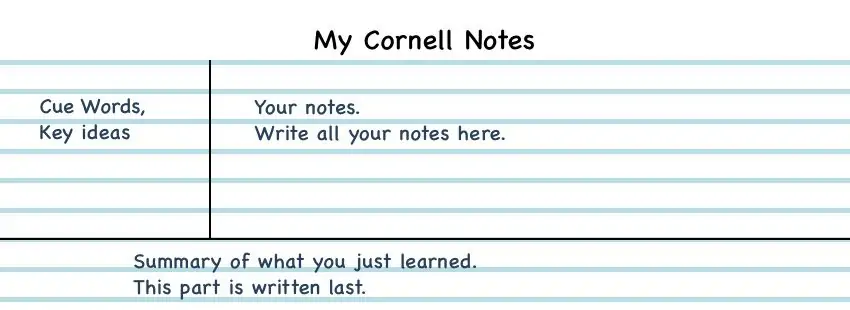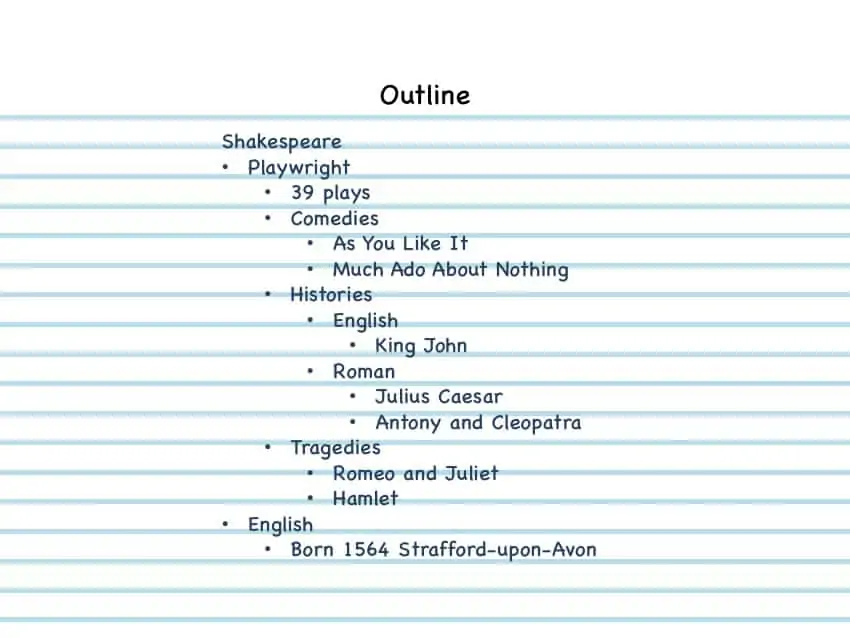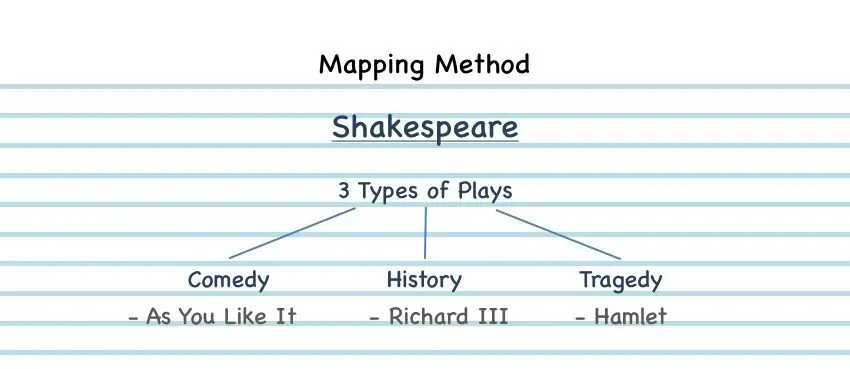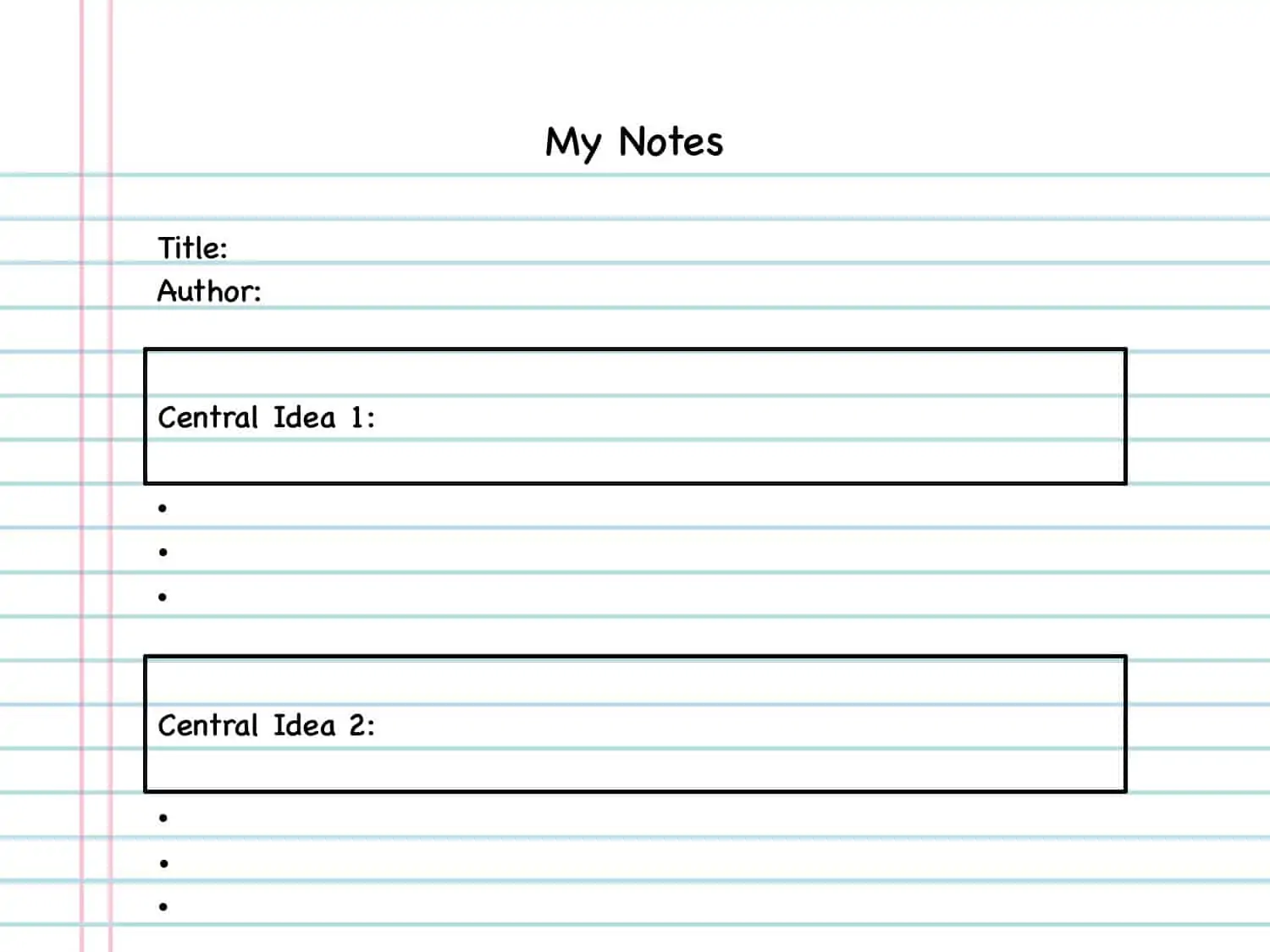Blog
Taking clear and effective notes is an important skill for all students, and essential for effective self-study, paper-writing and revision—but which method is best? We take a look at four popular note-taking systems and the differences between them:
The Cornell Method
This method not only makes note taking quicker and easier, it also serves as a great tool for memorizing and revising your notes efficiently.
How To:
Add a left-hand margin to your page (around a quarter section). Take notes in the larger section, leaving a gap between each point. After class, review your notes, adding a cue word in the left-hand margin for every significant bit of information. When revising, cover your notes and use the cue word as a memory aid. The aim is to be able to recall all the information that relates to the cue word.
Going forward, you can even use your cue words as a short-hand when taking notes, saving you from having to recopy the same information. These cue words will also make it easier to identify and pull out the concepts and ideas that you need for the task in hand.
For example:
Tip: You can also use a margin method to note your research sources. This will make creating in-text citations in apa style or mla style much easier. These notes will also help when creating an annotated bibliography at the end of your project.
The Outlining Method
This method uses indenting to group related points by relationship and importance.
How To:
List the main points closest to the left side of your page as headers. Then use indentations to order the related points underneath — with the more important points sitting closer to the left.
This method allows you to easily see related points and their importance, at a glance. However, it can be tricky to order your notes like this in a fast-paced lecture.
For example:
The Mapping Method
Mapping is great for those who like pen and paper/freehand note taking, as it uses a variety of graphic tools to link related points.
How To:
Use arrows to connect ideas to a central point. You can also use bullets, numbers and color-coding to develop a mapping system that works best for you. It makes it easy to show relationship and points can be covered over to test your memory.
For example:
Box and Bullet Method
The Box and Bullet Method is pretty straightforward and emphasizes main ideas and supporting evidence for those ideas.
How To:
A box is drawn for every main idea. Under each box are supporting points that are written next to bullet points.
Sources
https://asc.calpoly.edu/ssl/notetakingsystems
https://en.wikipedia.org/wiki/Shakespearean_comedy




